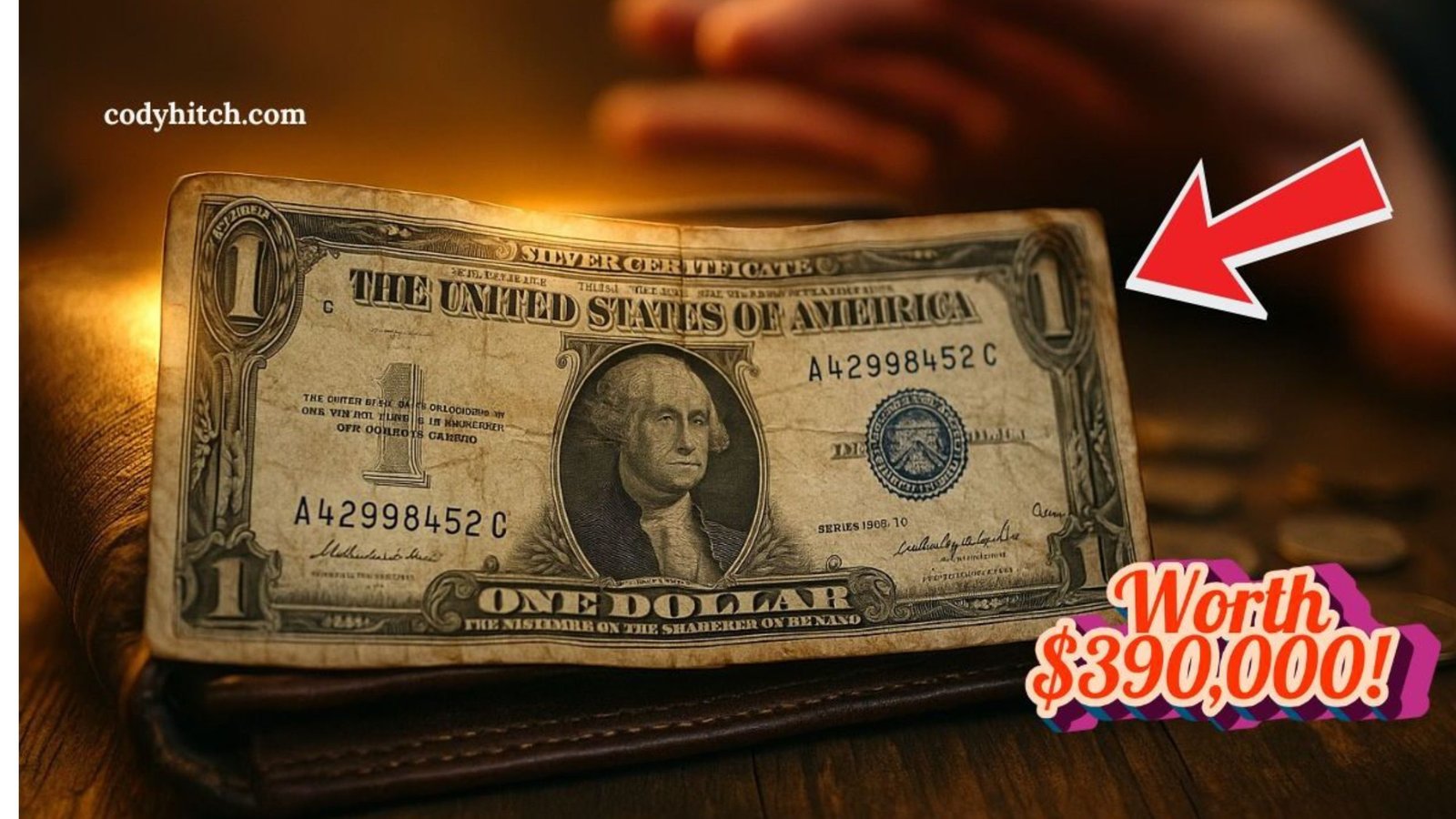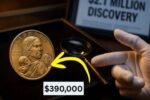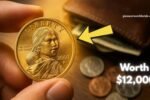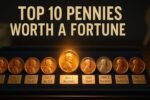1935 $1 Silver Certificate : It’s not every day that a routine transaction leads to a life-changing moment, but that’s exactly what happened when someone unknowingly received a 1935 $1 silver certificate in their pocket change. What seemed like just another old, worn-out bill turned out to be a rare collector’s item—later appraised at an astonishing $390,000. This story reminds us that hidden treasures still exist, even in the most ordinary places.
The Historical Significance of the 1935 $1 Silver Certificate
The 1935 silver certificate was a common form of U.S. currency during its time, issued when paper money was still backed by silver held in the Treasury. These certificates were widely used in everyday transactions, but most have little collector value today—unless they possess specific rare traits. Understanding what makes the 1935 series unique helps explain why one particular note could command such an incredible price.
What Makes This Particular Note Worth $390,000
While millions of silver certificates were printed, only a few rare examples feature qualities that dramatically increase their value—such as printing errors, unusual serial numbers, or being in near-perfect condition. The bill found in this story likely possessed one or more of these extremely rare features. Its exceptional condition and rarity caught the attention of collectors, pushing its value far beyond face value.
Rare Currency Still Hiding in Plain Sight
The idea that a high-value note could still be circulating among everyday money is both thrilling and surprising. This discovery proves that valuable bills might still be found in wallets, coin jars, old books, or forgotten drawers. Many rare pieces of currency have gone unnoticed for decades, which means everyday people still have a chance to uncover something extraordinary.
A Surge in Interest Among Collectors and the Public
News of this remarkable find has sparked new interest in vintage U.S. currency, especially among amateur collectors and curious individuals. People are now taking a second look at the cash in their possession, hoping to spot unique characteristics that could indicate value. Coin and currency dealers have reported increased inquiries, as more people want to know whether they might be holding a hidden gem.
Lessons from an Overlooked Treasure
Beyond the monetary value, this story teaches a powerful lesson about paying attention to the little things. A seemingly ordinary dollar bill turned out to be a rare piece of American history. It’s a reminder that some of the most valuable things in life can pass through our hands without us even noticing—until we take the time to look more closely.
Frequently Asked Questions (FAQs.)
Q1: What is a 1935 $1 silver certificate?
A: A 1935 $1 silver certificate is a form of U.S. paper currency that was issued during a time when paper money was backed by physical silver held by the U.S. Treasury. Although it looks like a regular dollar bill, it once represented the right to exchange the note for an equivalent value of silver.
Q2: Why are some 1935 silver certificates worth so much money?
A: While most 1935 silver certificates are worth only a few dollars today, certain rare versions are highly valuable due to printing errors, unusual serial numbers, rare seal colors, or excellent condition. These rare factors can dramatically increase their collectible value—sometimes into the hundreds of thousands of dollars.
Q3: How can I tell if my 1935 silver certificate is valuable?
A: Look for distinctive features like low or fancy serial numbers, red or yellow Treasury seals (instead of blue), star symbols near the serial number, or unusual print errors. Also, the overall condition of the bill—creases, discoloration, tears—affects its value. It’s best to have the bill appraised by a certified currency expert or grading company like PMG or PCGS.
Q4: What does the blue seal on the 1935 silver certificate mean?
A: The blue Treasury seal signifies that the note is a silver certificate, not a Federal Reserve Note. This color was standard for most silver certificates, but some rare issues had different colors, which are more valuable to collectors.



